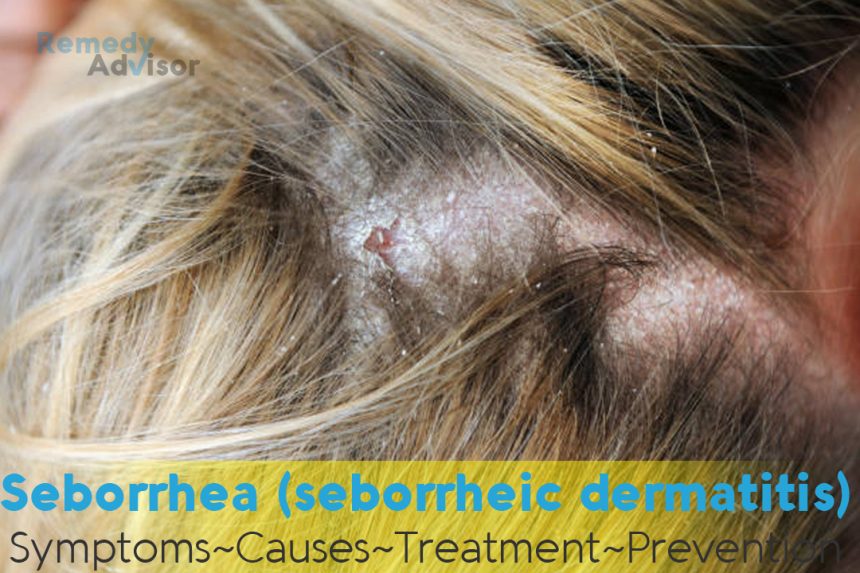What is it
Seborrhea, which is also called seborrheic dermatitis, is a common chronic skin disorder in which oily areas of the scalp, face, and chest start to flake. Other areas, such as the skin folds under the arms, breasts, groin, buttocks, and navel, may also be affected by this form of eczema.
Seborrhea can occur at any age but is common in the first three months of life, when it appears on the scalp as cradle cap. It then can reoccur between the ages of 30 and 60. Some people appear to be born with a tendency for seborrhea and are affected on and off by it throughout life, although regular treatment can help keep it under control. The condition is more common among men than women.
Symptoms
- Redness and oily dandruff like scaling around affected areas typically the scalp, eye-brows, creases from the sides of the nose to the mouth, skin behind the ears, and the chest.
- Mild itching (rare).
What causes it
No one is certain what causes seborrhea. Some researchers think it may be linked to a yeast that grows in oily, hairy areas of the body, or caused by hormones, which would explain why it appears at birth and disappears before puberty. Seborrhea in infants may actually be a separate disorder from the ailment that afflicts adults. Seborrhea is also common in people taking antibiotics as well as those recovering from stressful cardiac episodes, such as heart attacks. People with suppressed immune systems (such as those with AIDS) and those confined for long periods to hospitals or nursing homes are also at higher risk.
What if you do nothing
Seborrhea may subside without any treatment, although it usually shows a temporary improvement with medication. If the rash is a cosmetic problem, or if itching becomes a nuisance, it should be treated.
Home remedies
Several over-the-counter remedies are often successful at alleviating seborrhea.
Hydrocortisone
This is one of the more effective treatments. Apply low-strength (1 percent) hydrocortisone cream to the affected areas of skin until the condition clears up.
Dandruff shampoo
Seborrheic dermatitis of the scalp (dandruff) can be treated with frequent use of nonprescription shampoos containing one of the following four ingredients: selenium sulfide, coal tar, zinc pyrithione, or salicylic acid. Follow label directions. Generally, the shampoos need to be used two to three times a week and left on the hair for at least five minutes before rinsing. You should notice relief after a few treatments.
Prevention
No way has been established to prevent the development or recurrence of seborrhea.







